Locomotive déjà vu
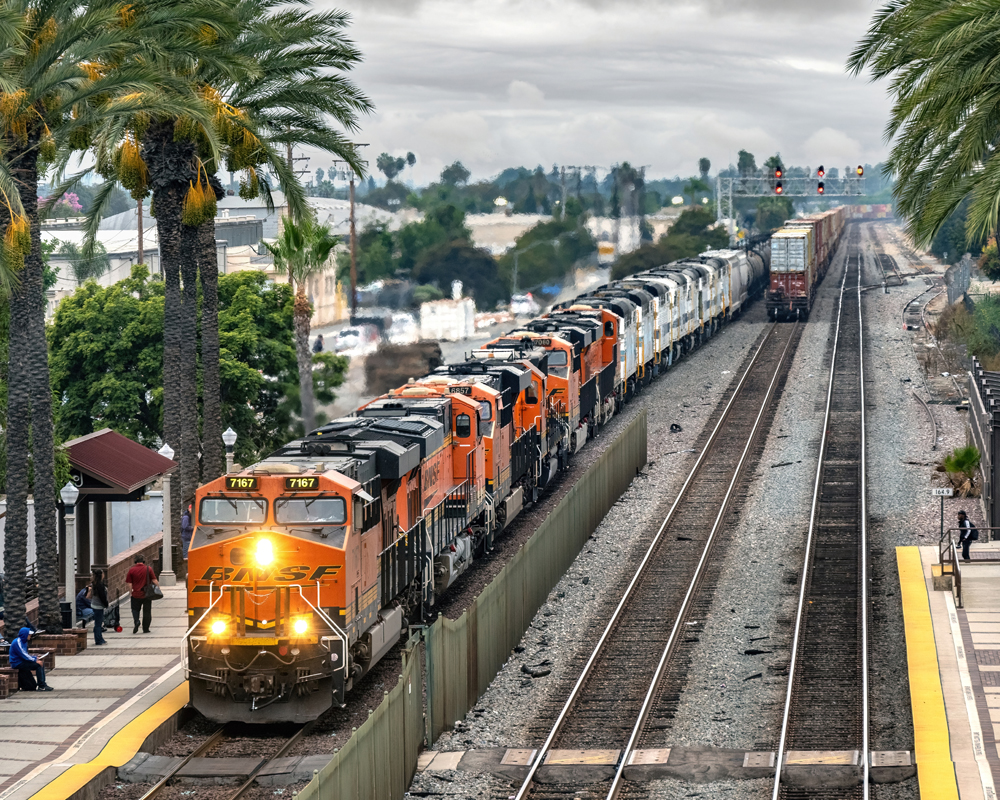
On October 15 of this year, senior Southern California train fans experienced locomotive déjà vu. It was fascinating and sad at the same time.
Similar to photos seen in Trains Magazines in the 1950s and 1960s, a set of modern locomotives was hauling yesterday’s power off the property in a single pull.
Back when diesels were first decimating steam locomotive rosters, we would watch internal combustion slowly take both over yard and road assignments. Mostly it was when the steamer holding the job came up for servicing.
One day we would see the usually assigned 4-6-0 or 2-8-0 leave with a dozen or so cars to switch local industries, the next day it was a diesel switcher. The freight that came in from the north usually had a 4-8-2 Mountain was now powered by two or three EMD F7s, and the 0-6-0 that was drilling freight cars in the yard was now an end-cab switcher. As the diesels slowly took over the world, in many cases, the steam engines they replaced were spotted in on a back track in an impromptu dead line, caps stacked, windows boarded up.
Then came the time for Metrolink’s aging fleet. The Southern California commuter operation began in the early 1990s with a fleet of boxy EMD F59s. Nothing fancy, just a boxy cab unit with similar mechanics to EMD’s GP59 (a 3,000 hp, 12-cylinder 710 prime mover, plus HEP and higher speed gearing), reliably bouncing back and forth between downtown Los Angeles and the outreaches of suburbia.
They, in kind, were supplanted by follow-on orders of F59PHIs, a more streamlined version of the original design. Both models were reliable pieces of equipment. Amtrak liked them, too.
But even the best locomotives wear out, or with the implementation of stricter air quality standards, become unusable. Tired, with engines unable to be retrofitted to meet newer air standards, they were sidelined and ultimately sold.
So photographer Craig Walker, among other Southern California fans, got a chance to feel like the old guys from the past did. Hauled dead in a BNSF freight train and reportedly heading to Mexico for more service, are yesterday’s diesels. Stalwarts that we knew would always be there.
Until they weren’t.
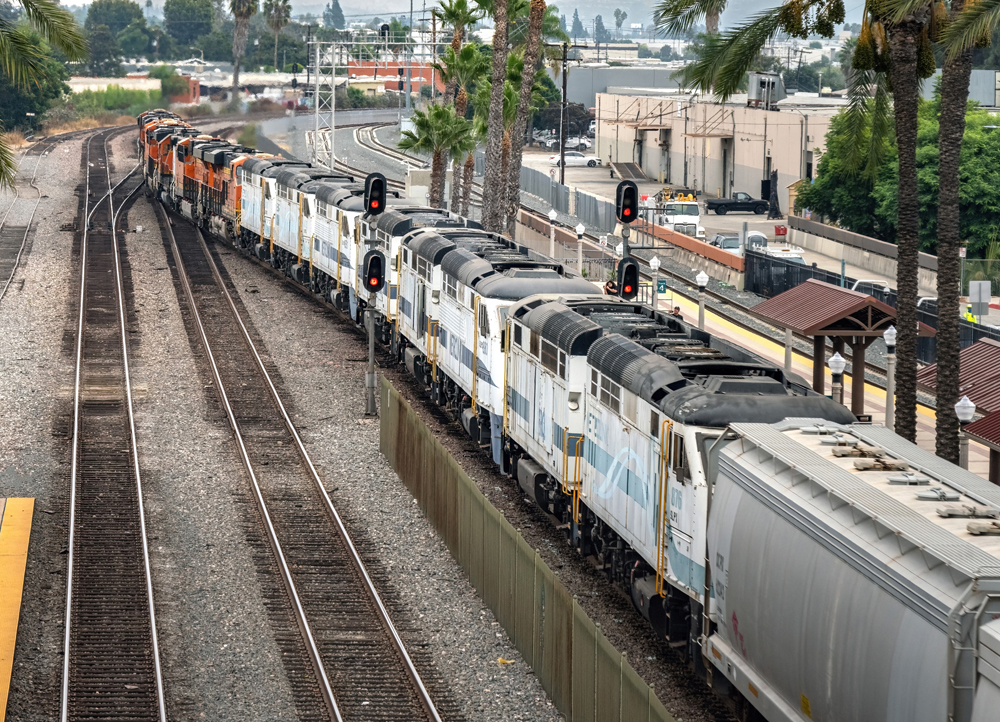
Updated on 11-4-24: Changed GP38 to GP59 in paragraph 5.






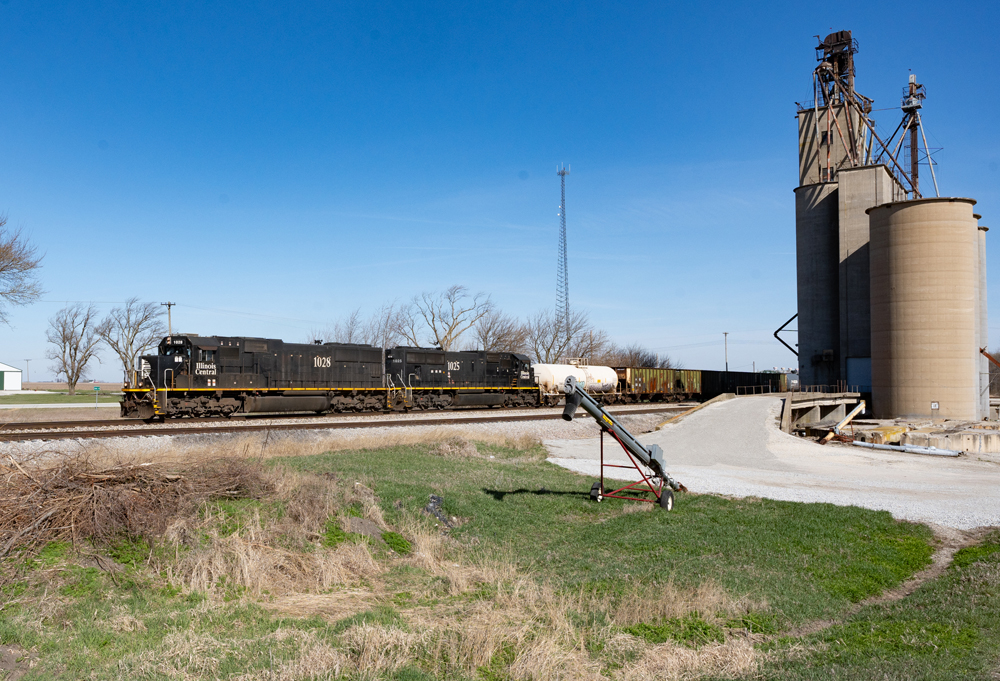
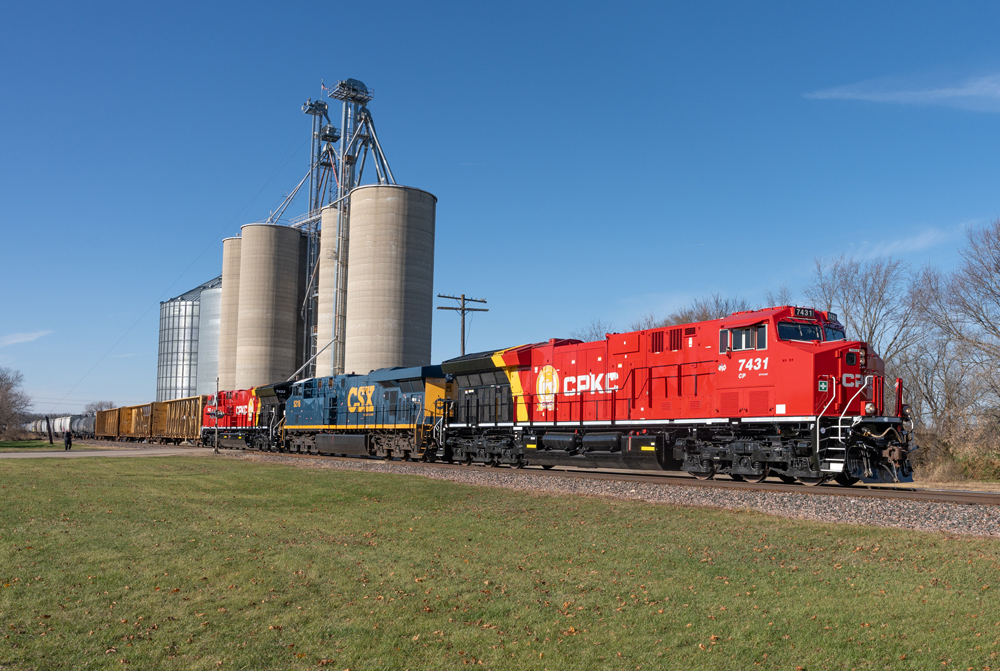
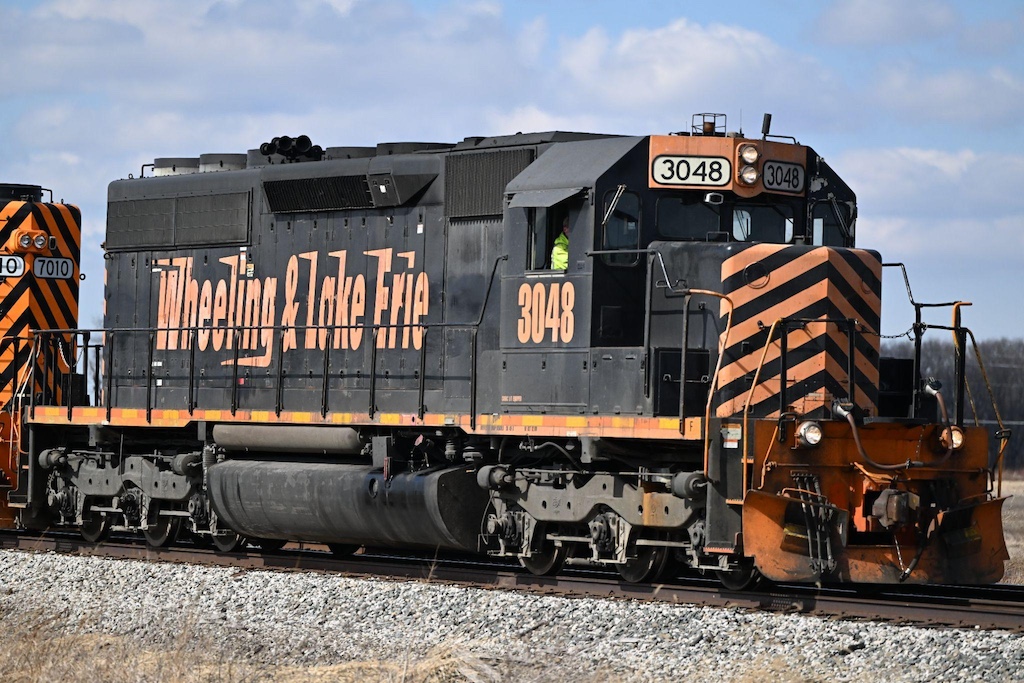
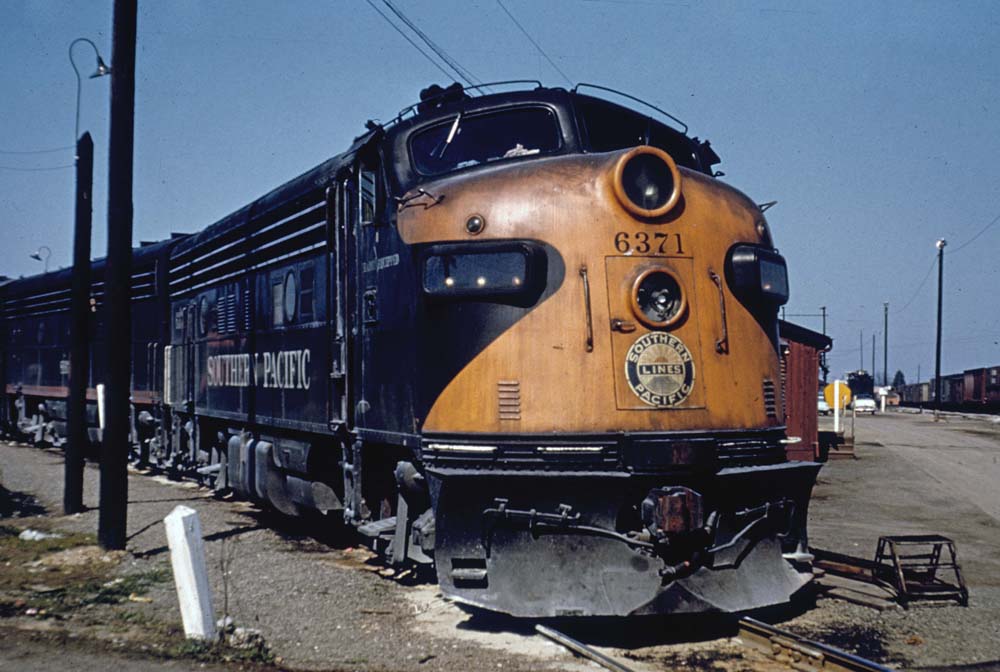




Do these units have giant holes torched into the sides of their prime movers too? CA’s CARB mandates are off the rails…no pun intended. They’re killing countless locomotives that have tons of usable life left in them, and their efforts won’t make a meaningful dent in total emissions in this country, let alone the world. Even units that should be preserved in museums or on tourist lines are meeting this fate. Unless these F59s are still mechanically intact, I can’t see Mexico doing anything with them other than total frame-up rebuilds into something else, or using them for parts.
As an aside, the F59PH is a passenger GP59, not related to the GP38 other than being another EMD product.
“Just a modified EMD GP-38”??
IIRC, the F59PHI’s used turbocharged 710 engines, which would them the 710 powered successors to the GP39.
The EMD F59PHI’s on metrolink will always forever be remembered and will never be forgotten at lease they are going to a new home in Mexico where they’ll continue to operate